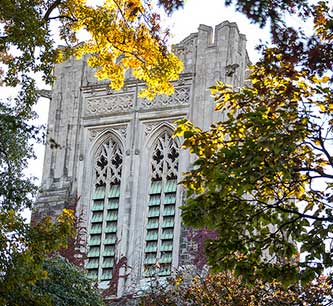Making ChoicesMargaret Hagerman '04 '06G examines how parental behavior influences white children's views about race in America
Reaching New Heights Entrepreneur Sanjay Shah ’89G has a passion for technology and solving problems.
'Go Forth and Journalism'The staff of The Brown and White breaks news and embraces the challenges and camaraderie of journalism.
'It's more than a job'After 32 years at Lehigh, Vice Provost for Student Affairs John Smeaton prepares for retirement--and looks back on his time on South Mountain.


